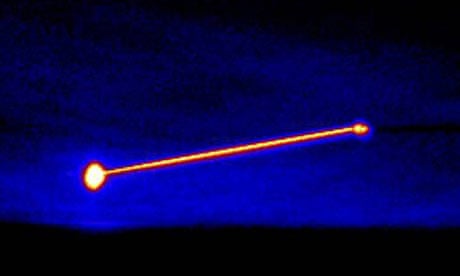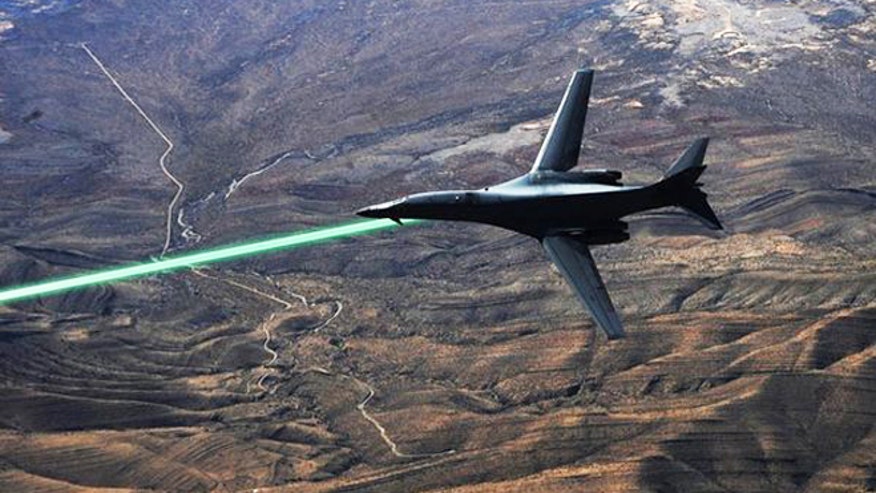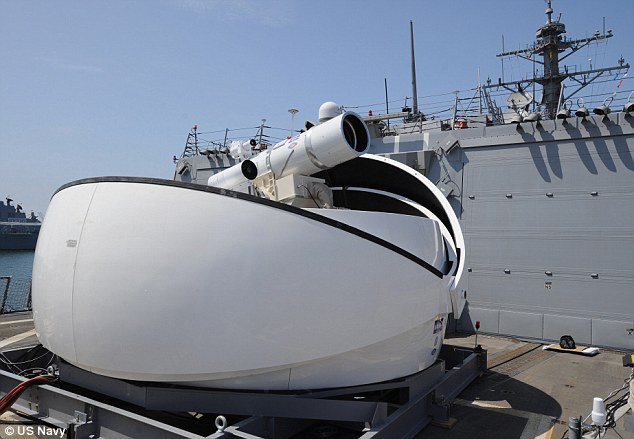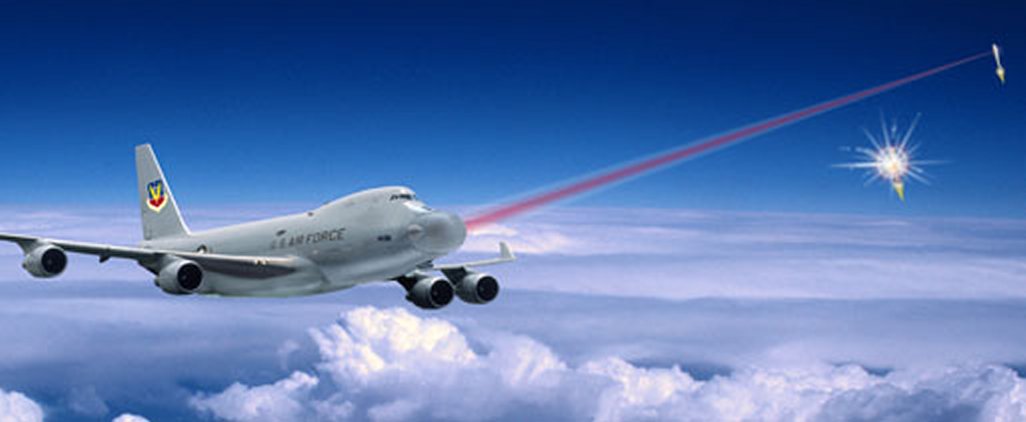Future Laser Technology - Game Changer
Just curious if Pakistan is working on Laser technology to shoot down incoming nuclear missiles, ballistic missiles, or any objects? I believe, it will be game-changer and more capable to shoot down missiles or nuclear missiles more easily next 30 years. Should we give up our nuclear missiles technology for laser weapons?
Examples some countries already has tested their laser technology.

The US this week achieved a goal that has eluded it since Ronald Reagan's Star Wars programme by knocking out a ballistic missile using a high-powered laser beam mounted on a plane.
The successful test was carried out yesterday in California, the US Missile Defence Agency (MDA) said, making real what had previously been confined to the realms of science fiction.
The plane uses a combination of lasers to lock on to the missile and track its trajectory, and then bring it down with a single shot fired from the nose turret, all in less than 12 seconds.
More details- US 'Star Wars' lasers bring down ballistic missile | Science | The Guardian

The 150-kilowatt lasers would represent a new class of weapons 10 times smaller and lighter than current lasers of similar power, according to the U.S. Defense Advanced Research Projects Agency (DARPA). The Pentagon agency issued a special notice on Jan. 17 for General Atomics - Aeronautical Systems Incorporated to build a second laser weapon so that both the U.S. Air Force and U.S. Navy could carry out laser tests by 2014.
US military to test lasers on warplanes in 2014 | Fox News

“These initial flight tests validate the performance of our ABC turret design, which is an enabler for integrating high energy lasers on military aircraft,” said Doug Graham, vice president of advanced programs, Strategic and Missile Defense Systems, Lockheed Martin Space Systems.
The ABC turret system is designed to allow high-energy lasers to engage enemy aircraft and missiles above, below and behind the aircraft. Lockheed Martin’s flow control and optical compensation technologies counteract the effects of turbulence caused by the protrusion of a turret from an aircraft’s fuselage.
Lockheed Martin Conducts Flight Tests Of Aircraft Laser Turret For Defense Advanced Research Projects Agency · Lockheed Martin

The U.S. Navy is has declared an experimental laser weapon on its Afloat Forward Staging Base (AFSB) in the Persian Gulf an operational asset and U.S. Central Command has given permission for the commander of the ship to defend itself with the weapon.
US Navy reveals boat mounted laser that can shoot down drones and boats | Daily Mail Online
Airborne Laser Test Bed Successful in Lethal Intercept Experiment
The Missile Defense Agency demonstrated the potential use of directed energy to defend against ballistic missiles when the Airborne Laser Test Bed (ALTB) successfully destroyed a boosting ballistic missile. The experiment, conducted at Point Mugu Naval Air Warfare Center-Weapons Division Sea Range off the central California coast, serves as a proof-of-concept demonstration for directed energy technology. The ALTB is a pathfinder for the nation’s directed energy program and its potential application for missile defense technology.
New Airborne Laser TestBed Footage, Missile Shot Down

Airborne laser shoots down missile in mid-flight - CSMonitor.com
Just curious if Pakistan is working on Laser technology to shoot down incoming nuclear missiles, ballistic missiles, or any objects? I believe, it will be game-changer and more capable to shoot down missiles or nuclear missiles more easily next 30 years. Should we give up our nuclear missiles technology for laser weapons?
Examples some countries already has tested their laser technology.

The US this week achieved a goal that has eluded it since Ronald Reagan's Star Wars programme by knocking out a ballistic missile using a high-powered laser beam mounted on a plane.
The successful test was carried out yesterday in California, the US Missile Defence Agency (MDA) said, making real what had previously been confined to the realms of science fiction.
The plane uses a combination of lasers to lock on to the missile and track its trajectory, and then bring it down with a single shot fired from the nose turret, all in less than 12 seconds.
More details- US 'Star Wars' lasers bring down ballistic missile | Science | The Guardian

The 150-kilowatt lasers would represent a new class of weapons 10 times smaller and lighter than current lasers of similar power, according to the U.S. Defense Advanced Research Projects Agency (DARPA). The Pentagon agency issued a special notice on Jan. 17 for General Atomics - Aeronautical Systems Incorporated to build a second laser weapon so that both the U.S. Air Force and U.S. Navy could carry out laser tests by 2014.
US military to test lasers on warplanes in 2014 | Fox News

“These initial flight tests validate the performance of our ABC turret design, which is an enabler for integrating high energy lasers on military aircraft,” said Doug Graham, vice president of advanced programs, Strategic and Missile Defense Systems, Lockheed Martin Space Systems.
The ABC turret system is designed to allow high-energy lasers to engage enemy aircraft and missiles above, below and behind the aircraft. Lockheed Martin’s flow control and optical compensation technologies counteract the effects of turbulence caused by the protrusion of a turret from an aircraft’s fuselage.
Lockheed Martin Conducts Flight Tests Of Aircraft Laser Turret For Defense Advanced Research Projects Agency · Lockheed Martin

The U.S. Navy is has declared an experimental laser weapon on its Afloat Forward Staging Base (AFSB) in the Persian Gulf an operational asset and U.S. Central Command has given permission for the commander of the ship to defend itself with the weapon.
US Navy reveals boat mounted laser that can shoot down drones and boats | Daily Mail Online
Airborne Laser Test Bed Successful in Lethal Intercept Experiment
The Missile Defense Agency demonstrated the potential use of directed energy to defend against ballistic missiles when the Airborne Laser Test Bed (ALTB) successfully destroyed a boosting ballistic missile. The experiment, conducted at Point Mugu Naval Air Warfare Center-Weapons Division Sea Range off the central California coast, serves as a proof-of-concept demonstration for directed energy technology. The ALTB is a pathfinder for the nation’s directed energy program and its potential application for missile defense technology.
New Airborne Laser TestBed Footage, Missile Shot Down

Airborne laser shoots down missile in mid-flight - CSMonitor.com
Last edited:










